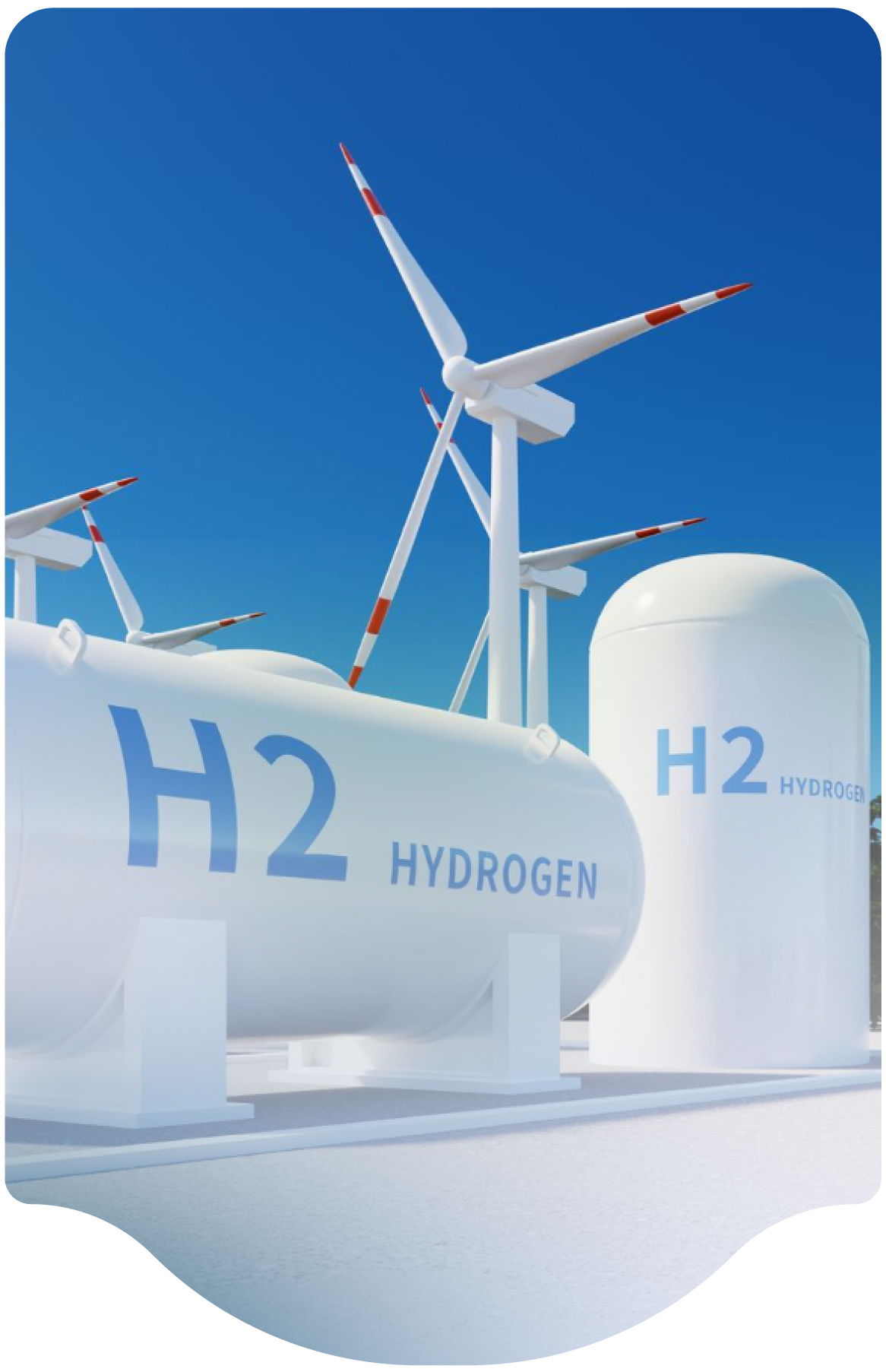- Home
-
Resources
- Center for Hydrogen Safety
- Hydrogen Fuel Cell Codes and Standards
- Learnings & Guidance
- Paper & References
- Web-based Toolkits
- Workforce Development

- Contact
- About H2Tools
- Welcome to the Hydrogen Tools Portal
- helpdesk@h2tools.org
FAQ
Frequently Asked Questions
Question & Answer
- 265 results found
- Clear All
This may be able to be accomplished as a method for ignition. We have not seen it.
As flaring is not usually recommended, especially when timing is an issue, a sparker that takes time to ignite would not be recommended.
Category: System Design
Keywords: Ignition, Vent System
A vent system should still be installed in case the flare system does not remain ignited.
Category: System Design
Keywords: Vent System, Electrolysis, Flare
Typical practice for gaseous tube trailers is to vent relief devices independently to the top of the vehicle. This is primarily to accommodate the large flowrates and high thrust forces involved from these releases. It’s fairly easy to do this since the vent lines are fairly short due to the maximum road height of trailers. Regulations do not prohibit piping multiple devices into a
single…
Category: System Design
Keywords: Tube Trailer, Transport, LH2, Pressure Relief Device
A release is defined by the amount of hydrogen, the rate of hydrogen flow, vent location (indoors or outdoors), geometry in the area (confined or not), and pressure.
A small or large release should be differentiated by the damage that can occur because of an ignition. This can be a fire, deflagration, or detonation.
Therefore, the relative size of the release will vary based…
Category: System Design
Low-pressure vents at mostly low hydrogen purity are not as large safety risk as high-pressure pure hydrogen vents. These vents should still go to a vent stack, but it will probably be small in diameter and thus the tee vent at the top can be small.
If the purge requires high flow, if purging horizontally, the reaction forces of the flow exiting and the hydrogen cloud should be modeled…
Category: System Design
Keywords: Venting, NFPA 2, Safety, Vent Stack
Delayed ignition is a significant hazard for hydrogen releases, either intended or unintended. The primary concern is the overpressure and energy release created from a vapor cloud which could contain a significant quantity of hydrogen. The H2Tools Incidents database contains a number of examples of delayed ignition.
Category: Hazards Analysis
Keywords: Vapor Cloud, Delayed Ignition, Hazards
- Understand any reactions the hydrogen can add to what is being vented. For instance, O2/H2 vented in the same stack would not be a good idea.
- Understand all the flow and operating parameters of the streams to ensure no back flow into the hydrogen system or vice versa.
- Ensure the venting/flaring system can handle the hydrogen flow parameters.
Category: Miscellaneous
Liquid hydrogen will almost never accumulate in a vent system since vent systems are typically designed without insulation. The extremely cold liquid hydrogen temperature of -420 F.
Additionally, vent stacks on an LH2 tank are connected to the vapor phase of the tank. Only in a few rare instances will LH2 be entrained in the gas stream.
Accumulators are recommended at the bottom of…
Category: System Design
Keywords: Vent System, Liquid Hydrogen, LH2, Vent Stack
The deflagration pressure is dependent upon many variables.
However, some general concepts are:
- Deflagration pressure is proportional to operating pressure
- Deflagration pressure is inversely related to initial temperature
- Deflagration pressure is based on concentration and H2/O2 ratio
- In general, an internal deflagration is unlikely to exceed about a 10…
Category: System Design
Keywords: Deflagration, Pressure
Exhaust systems (sometimes referred to as ventilation systems) are used to exhaust hydrogen and air mixtures. Normally these are used to vent streams with less than flammable range hydrogen in air.
That is, hydrogen detectors trigger venting or the ventilation systems runs during all hydrogen operations. In these instances, low concentrations of hydrogen are expected, but deflagration is…
Category: System Design
Keywords: Vent System, Ventilation
We are professional and reliable provider since we offer customers the most powerful and beautiful themes. Besides, we always catch the latest technology and adapt to follow world’s new trends to deliver the best themes to the market.
Contact info
We are the leaders in the building industries and factories. We're word wide. We never give up on the challenges.
- 2 Queen Street,California, USA
- (+84) 04 123 456
- :Helpdesk@h2tools.org
